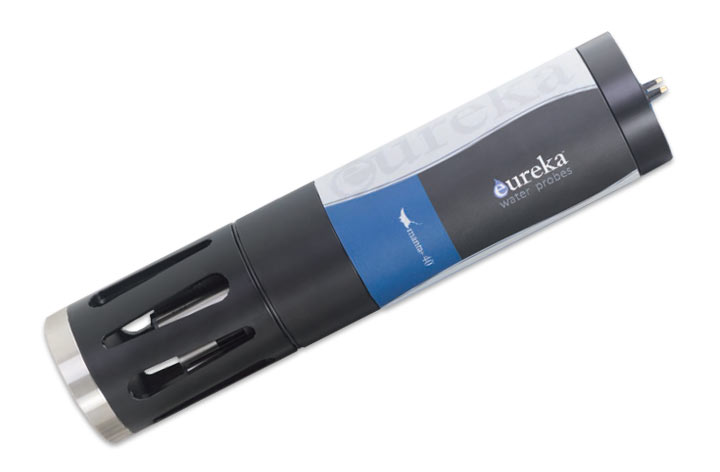Chlorophyll Monitoring
Chlorophyll is a green pigment found in almost all plants, algae and cyanobacteria. It is a critical element in photosynthesis which allows plants to absorb energy from light. Chlorophyll is what gives the plants their green colour. High amounts of chlorophyll in a water body are an indicator of nutrient pollution, as excess nutrients fuel the growth of algae.
The measurement of phytoplankton or algae enables the monitoring of the waters health and both contain Chlorophyll. Monitoring chlorophyll levels is a direct way of monitoring algae and phytoplankton growth. Surface waters that have high chlorophyll conditions are typically high in nutrients, generally phosphorus and nitrogen. These nutrients cause the algae to grow or bloom. When algae's populate then dies from various environmental conditions, they deplete dissolved oxygen levels which primarily results in the death of aquatic animals. High levels of these nutrients can detect polluted man made sources such as septic system leakage or fertilizers.
Streams and rivers are monitored for excessive growth of phytoplankton due to high levels of plant nutrients. When the environment becomes enriched with nutrients the excessive growth can lead to the death of fish. Measuring chlorophyll is also part of the process in monitoring algal blooms that could possibly affect the taste and odour of drinking water.






